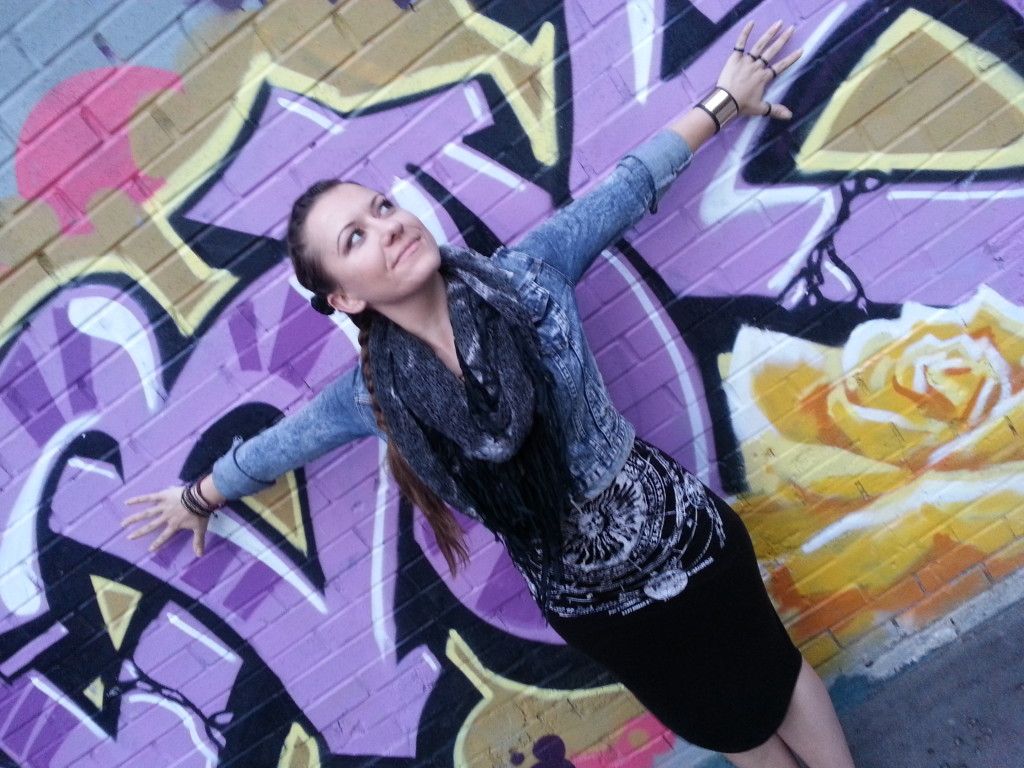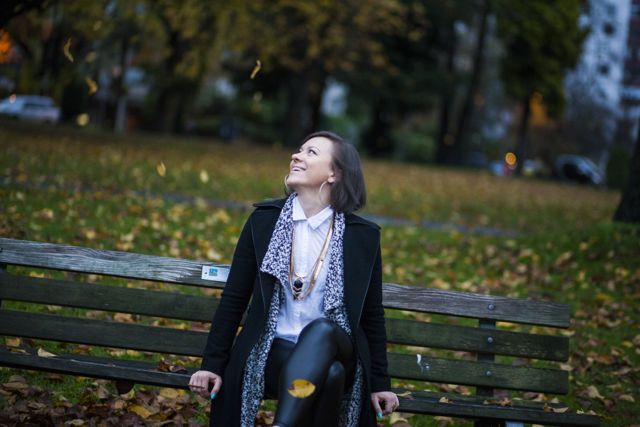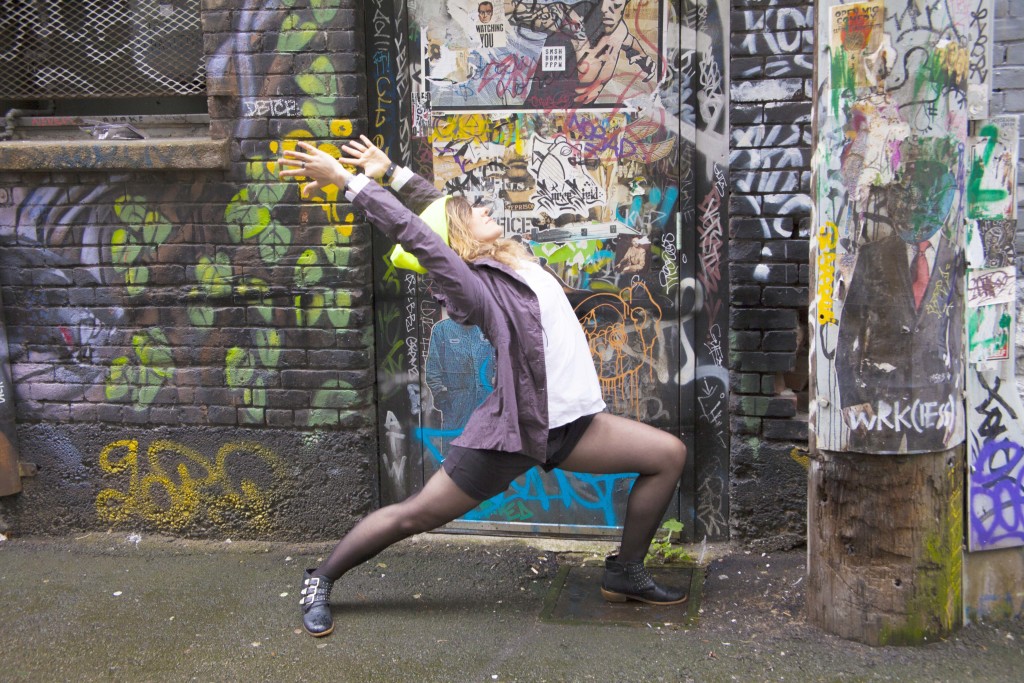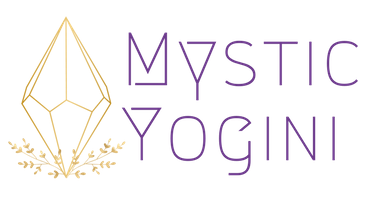 Elena and I met in our yoga teacher training at Yoga West in 2013-2014. We became good friends after we graduated because we connect not only on a spiritual level but also on values and on work ethics. We both want to make change in the world we live in.
Elena and I met in our yoga teacher training at Yoga West in 2013-2014. We became good friends after we graduated because we connect not only on a spiritual level but also on values and on work ethics. We both want to make change in the world we live in.
After we graduated Elena decided to teach a really cool and not so common group of people in the Vancouver area – the blind! I am so excited to present this interview with her!
MY: Why did you take the teacher training?
E: I took the teacher training because I always knew I wanted to teach and I had a really strong pull to learn more about the energetic systems of the body. After trying a number of different styles of yoga I felt Kundalini was the most comprehensive and also the most potent. I wanted to pass that along to people because I experienced a lot of personal shifts from it. I felt like it could be a tool I use to improve other people’s lives.
MY: So did you know you always wanted to teach a yoga or was it something else?
E: I always knew I wanted to teach in general because I felt like I have a good combination of public speaking skills and a really strong affinity for subjects that are enlightening.
MY: What would you say was the most transformational thing abbout hte yoga training that we did?
E: It helped my creativity go to the next level. I truly began to identify myself as an artist whereas before that was a part of myself I rejected or didn’t quite tap into or didn’t believe it when people told me I was really creative or that I was an artist at heart. I had always thought I was very business and academically-oriented so that was a massive shift for me.
MY: Where there any other massive shifts or transformations that you noticed?
E: Yes I noticed an acceptance of a healthy level of selfishness.
MY: Okay, what does that mean?
E: It means letting myself have the things I want in life versus succumbing to my perceived limitations of what I’m “allowed” or “supposed to” have. It means things like leaving the career you dislike to pursue your dreams, and letting yourself live for yourself.
MY: Did you notice after the training your desires change or are you still going to the same things you would’ve gone to before?
E: I think the training gave me two things. It elevated my perspective like I just mentioned but at the same time it also helped my feet be a little more planted on the ground. Because understanding myself as a creative person was a new shift in my identity for me and I was floating for a while in the lack of practical application of what that meant. So going through teacher training helped me to realize how to accomplish the things I wanted to accomplish. Because I have a really strong background in business and a really solid education and at the same time was craving more creativity. Kundalini Yoga helped me fill in the gaps in how to connect those worlds together. I knew I didn’t want to be a starving artist and I knew I wanted to express myself in a medium that was extremely effective which happened to be media and video.
MY: And do you think you’ve found that?
E: It took me a long time but I’m starting to feel that way now. I work as a full time video producer with a company I absolutely love and I feel like it’s giving me the foundation I’ve been seeking in a creative field that constantly grows my skills in video which is something I like to do in my free time as well.
MY: Yeah, that’s a huge shift for you because when I first met you you were doing the freelancing work, dealing with constant instability with work and saying “I have all this education and here I am taking another course and what am I doing?”
E: Yes, I was in this constant re-education mode where I was always wanting to go back to school or take another training course because I didn’t feel like I had everything that I needed to be successful – it’s a tricky place to be. Also I was really stuck in saviour mode where I felt like I had to take of everyone else’s needs but my own and that came at the expense of my own well-being, which is what changed after teacher training. I realized I had to first of all take care of my own stability and create a firm foundation and then that would help me serve more people and that’s proven to be so true. I’m not burning myself out by taking low paying budget projects anymore. I am getting paid a fair amount for the work that I do and I am also dedicating time every single week to teach kundalini yoga to a very niche group of people that makes me feel extremely fulfilled.
 MY: Now before we get to talk about the extreme niche of people you teach, which I’m very excited to talk about, I definitely notice a shift in your boundaries. You have very strong boundaries now and you have no problem saying them. I feel like that is a shift for you even though I didn’t know you before the training. Would you say that is a shift for you?
MY: Now before we get to talk about the extreme niche of people you teach, which I’m very excited to talk about, I definitely notice a shift in your boundaries. You have very strong boundaries now and you have no problem saying them. I feel like that is a shift for you even though I didn’t know you before the training. Would you say that is a shift for you?
E: Absolutely. Absolutely. When I was going through teacher training I was really working through asking for what I wanted and have seen a massive shift in that. I feel like when I create boundaries it actually gains more respect from others. This way people know exactly what I want and value and it also reinforces that attitude in them. Everybody should have the ability to ask for exactly what they want.
MY: I was really excited when I heard what group of people you really wanted to teach so can you please tell us what is your weekly class?
E: So straight after yoga teacher training I decided to jump right into the deep end by teaching yoga to people who are blind.
MY: Which is amazing because you really have to hone your teaching skills in telling them what the postures are. I bet you learned quick in what the right way is to describe the postures to people.
E: I did. And as I said before public speaking skills have always been something I wanted to hone. I almost wanted to break down my own ego by giving myself a challenge in something I knew I would not be good at right off the bat. I knew I would come home certain days and feel like “oh my god I was so off today”. I knew it would be a test for my spirit and willingness to move forward, but I wanted to set that challenge for myself because I felt that if I know how to do that then I am really teaching from the heart. In order to teach the blind I had to close my own eyes and describe to myself what I had to do step by step. I had to feel into their bodies versus viewing myself as a dictator or authoritative figure that’s sitting in front of the class that has the power to make people do whatever I tell them to do.
MY: So there are two strands I want to go down here. Has that really shifted the way that you view yoga instructors, the way that they teach and the way you interpret classes?
E: It’s definitely something that has made me have a sensitive ear I suppose as to how other yoga teachers cue their postures. I also believe that teaching the blind is something that almost every yoga teacher should do because it really takes away the glamour of being in front of the classroom – although we are all there to facilitate people’s healing and journeys – I feel like if they are conducting a class where nobody can see how good they look in that yoga outfit or how fit they are where all that people know about them is the sound of their voice and the tone of love and compassion in it that would be a huge game changer for all yoga teachers.
MY: That’s something that I was thinking when you describing how you had to blindfold yourself and describe it to yourself. It would be really great practise for any yoga teacher to do that because you are really going to pay more attention to your tone. I’ve even had in certain classes no idea how to describe a posture even though I’ve done it two million times before I’ve had to ask myself what would I do. And I’ve actually used that now since I’ve heard that you teach the blind. I will ask myself sometimes “If I were blind or teaching the blind what would be the most effective way for me to get into this posture?” Just asking that question brings the answer out, you know? Its great.
You also have a very personal connection to teaching the blind. Do you want to talk about what that connection is? I feel like that’s really what sparked that idea in your consciousness.
E: Yeah, the entire inspiration behind teaching the blind came from my grandmother actually. She was visually impaired all of my life and she’s passed away but I was very close to her. She lived in a blind home. She was a single mother raising my mom. She read Braille and at times used a cane and I felt like the blind do not come to yoga so I wanted to bring yoga to the blind. I feel much more fulfilled bringing a yoga practise to groups who are not necessarily always represented in yoga studios because there are already so many teachers teaching at studios. I want to bring it to people that can’t access it because of financial needs or because of disabilities or any other reason.
Just this past weekend I got teach a group blind children for the second time and it was massive. The parents said it was the first time their kids could actually sit through an entire physical practise of any sort because at school they get pulled out of P.E. They cannot play ball sports – they’d get hurt- and they can’t do many team sports and some of them have other disabilities and they can’t sit still. They are energetic children. For them to be doing yoga is a total shift. It helps them to be more still, it helps them to concentrate, helps them to not feel limited in what they can do physically because once they learn a posture they can only get better and better at it.
MY: Yes, and just keep doing it over and over again. It sounds like you are filling a real need in our society.
E: I hope so. I almost feel like I get more out of it than the people I teach just because it’s such a pleasure for me to serve. So when I get positive feedback from my students I’m thrilled and I remember, that oh yeah, they’re getting something out of it too {both laugh}
In my recent classes I actually had a blind student who is a regular student of mine bring his not blind wife to class. She had never done yoga before but she started to join him for every single class.
MY: That is amazing!
E: Yeah, it was a really interesting dynamic and she didn’t even care it was blind yoga. She was just coming because it made her feel good.
 MY: How many people do you usually teach?
MY: How many people do you usually teach?
E: It usually ends up being one on one. I have a schedule that is during the day when a lot people work. Now we are trying to shift it to an evening class or weekend class to give more people the opportunity to come out. But blind children it’s been a group of about 7-9 at a time which is a handful. Its a major, major, major shift from teaching one adult versus a group of children.
MY: Do you find that you change the classes for the children? Do you make the postures shorter? Do you go through 2 or 3 kriyas in one class?
E: With kids yoga I definitely incorporate a lot more hatha and vinyasa. I usually go with a lot of animal postures because they’re fun. So I have them do downward dog or puppy pose or I’ll rename certain postures into animal poses that usually aren’t or say shapes out loud – things that are really easy for them to remember and physically visualize. In adult classes I’ll focus more on Kundalini yoga because I want them to feel the shifts inside and I feel like they can benefit from that deeper spiritual healing. Whereas the kids I use a little of Kundalini breathwork to warm-up and then get more into hatha/vinyasa style where we do tree pose and cat/cow.
MY: Yeah, that makes sense to keep their attention.
E: Definitely. It’s more playful that way.
Come back next week for part two of this interview series!
 Elena is a video producer and part time yoga teacher, currently based out of Vancouver, BC. In her free time, she embarks on creative adventures in front of and behind the camera.
Elena is a video producer and part time yoga teacher, currently based out of Vancouver, BC. In her free time, she embarks on creative adventures in front of and behind the camera.
